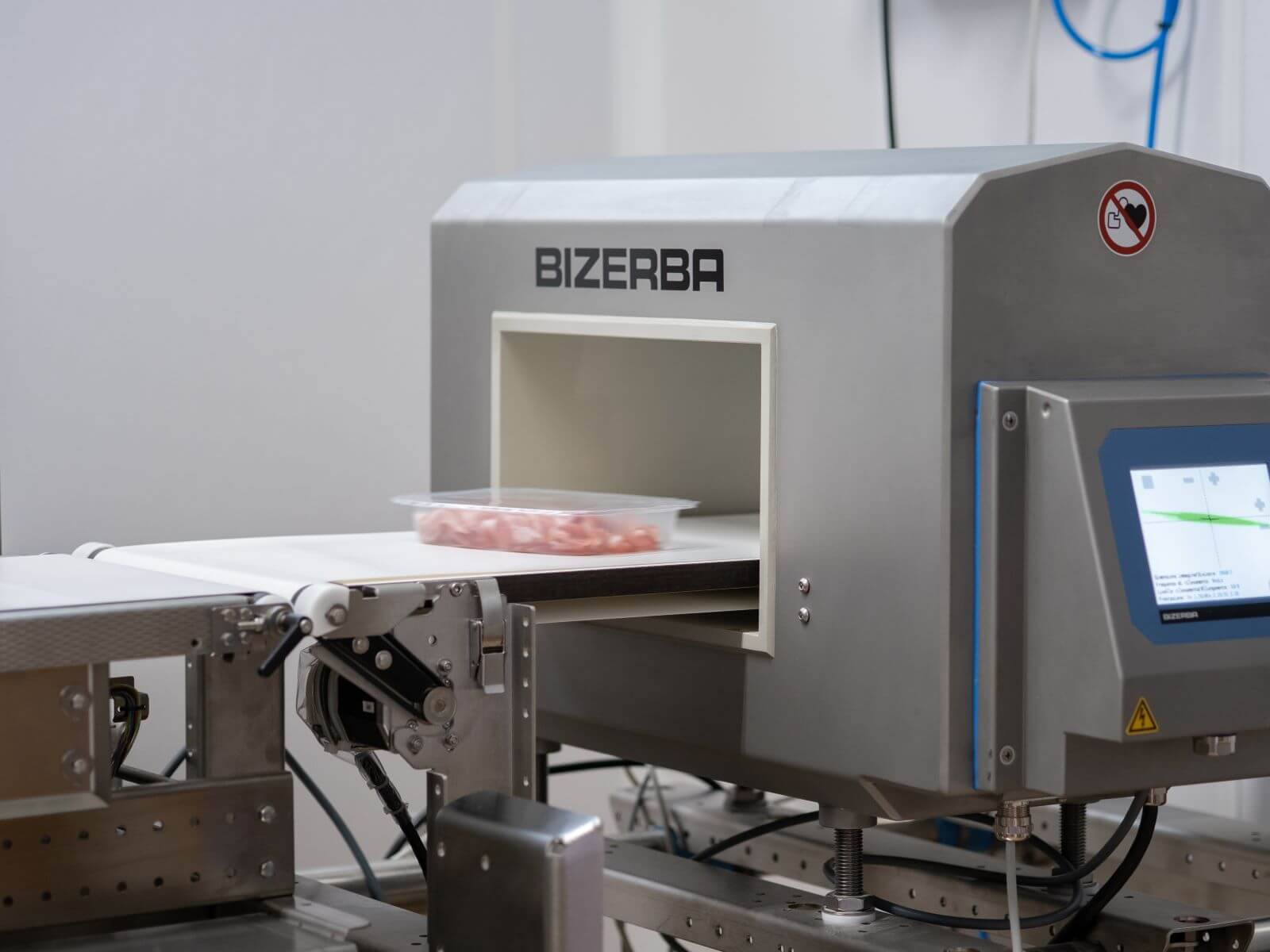Missing, incorrect or insufficient labeling
Changes to the law after a deadly baguette
The case of British teenager Natasha Ednan-Laperouse is a tragic one. She was on a flight between London and Paris when the 15-year-old ordered a baguette. She suffered from an allergy to sesame seeds, which were in the baguette but not labeled as such. Shortly after eating it, Natasha died of anaphylactic shock on the plane, with her father present, at 35,000 feet. This case made international headlines and resulted in what is known as Natasha's Law, which came into force in the UK in 2021. Among other things, this law states that all ingredients must be listed in foods and that any potential allergens are emphasized in the text
The solution: Automatically declare content;
Labeling solutions that can obtain & take on current, complete and accurate product information from a central system for every single change of product, and can avoid human error during labeling. A visual inspection system can also monitor the labels to ensure they are in place, positioned correctly and also legible so as to avoid misunderstandings, for example with the best-before date or the ingredients contained within.
Contamination with non-metallic foreign particles
Bits of the conveyor belt in pork sausage
Tender, delicious sweet corn with glass shards, grated Emmentaler cheese with blue plastic, pork sausage containing bits of the conveyor belt: the Federal Office of Consumer Protection and Food Safety issues food warnings almost every day in collaboration with the federal states. A glance at their www.lebensmittelwarnung.de portal provides a good impression of how frequently unsafe food reaches the market. The most common variant involves contamination of food with foreign particles such as glass, metal or plastic parts that are often extremely difficult or even impossible to detect in visual inspections.
The solution: electromagnetic detection of foreign particles
X-ray inspection systems use electromagnetic waves to detect foreign particles that may lurk in a product. This is detected by determining difference between a) the specific density of the food and b) the density of the foreign particle. X-ray inspection is ideal if contamination in production lines is possible via materials such as metal, plastic, stone, glass or bone. However, if the only contaminant that may be expected is metal, then a metal detector is the better choice.
Contamination with metallic foreign particles
A loose screw: Metal contamination as a regular reason for product recalls
A piece of solder wire that fell during repair work, a staff member's lost hairpin or a screw that became loose due to vibrations: Contaminations due to metal are one of the most common safety risks in food production. Metal bits can be extremely dangerous, as unintended consumption may result in serious consequences such as internal injuries or broken teeth. Fortunately, metal bits can be readily detected with the right technology.
The solution: search technology for ferrous and non-ferrous metals
Metal detectors use electromagnetic fields to detect metal contaminants in products. They detect ferrous and non-ferrous metals, as well as non-magnetic metals such as aluminum, copper and lead. Searching purely for metals makes sense where contamination by other materials on the production line is practically impossible. The X-ray inspection systems discussed previously should be used in cases where contamination from other materials cannot be completely ruled out.
Visible flaws in products and packaging
No reliable expiration date information without a sealed seam
Brown spots on apples in the shrink-wrapped cardboard tray, a broken sausage in a pack of four, or a broken sealed seam on the pack of cheese slices sealed in a protective atmosphere: food quality, hygiene and shelf life do not just depend on hidden contaminants, invisible bacteria or chemical contamination. Also, clearly visible flaws such as those stated above occur regularly in the sector and can seriously affect the manufacturer's reputation as such a flaw has passed through quality control nonetheless
The solution: 100% visual inspection of products and packaging
Monitoring cameras check the integrity of products using factors such as completeness, shape and integrity. Visual analysis of surfaces or structures compares the state with previously defined quality features. Evaluation of camera images improves due to teachable software. The packaging can also be checked as such alongside the products: Are the sealed seams completely intact? Are there protruding slices or impurities caught in the seam? Monitoring cameras can also be used to validate the presence, correct positioning, intactness and legally compliant printing of labels
Conclusion
Delivery of unsafe foods can harm people, affect the manufacturer's image, while also causing much additional work and high costs. Four of the most common causes of product recalls can be most reliably eradicated by inspection and recording solutions. Affected packages are automatically discarded from the production line - such nightmares can be easily avoided.

Alfred Faller Factory
- Founded in 1913
- 80+ staff
- 1
- 600 tons of jam produced annually
- 15 % increase in productivity
Automated quality & transparent data
Downloads

Your message is on it’s way
The form was sent successfully
Oops, something went wrong here
An error occurred when sending the form. Please try again








